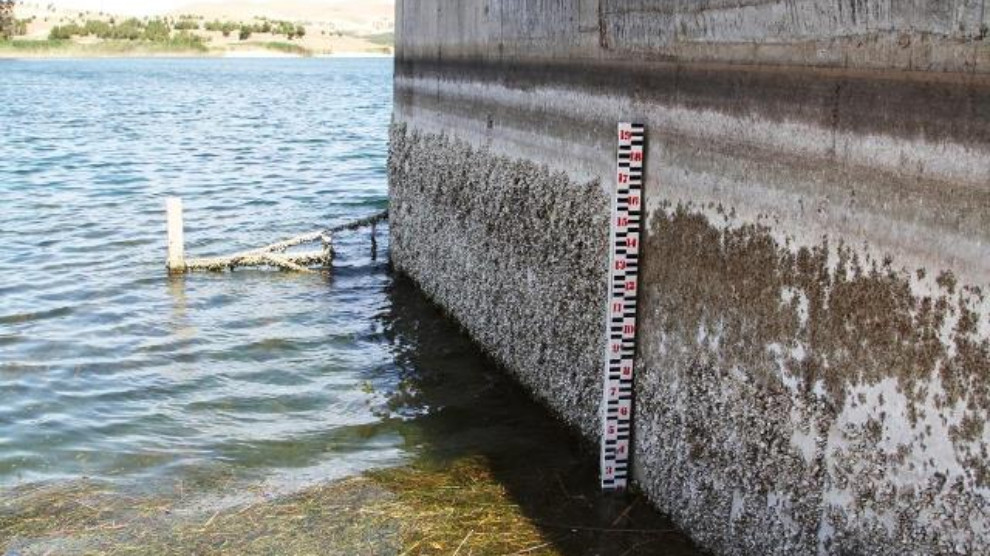Turkey reduces water flow into North East Syria
The water level of the Euphrates river has decreased by 60% in the past two weeks. This was due to the Turkish state reducing the flow of the river.
The water level of the Euphrates river has decreased by 60% in the past two weeks. This was due to the Turkish state reducing the flow of the river.

Closing the part of the river that flows into the Syrian side, the Turkish state has greatly reduced the amount of water entering the country thus causing serious problems to both agriculture in the north of the country and electric supply to vital areas and facilities.
Under a prior agreement between Syria and Turkey, Syria was receiving 500 cubic meters of water per second. But Turkey is now using water as a threat and pressure way. In the summer of 2017, it decreased the flow to 100 cubic meters per second, and this year the flow of the river did not exceed 200 cubic meters per second.
In order to produce electricity, the flow rate of the river must be at least 300 cubic meters per second. A 300-cubic meter flow can operate a 105-megawatt turbine.
There are 3 dams on the Euphrates River, which run for about 600 km in Syrian territory. Rojava (Tişrîn) Dam located in Manbij is the biggest dam in Syria.
There are six dams in the Turkish side of the Euphrates river, with Ataturk Dam being the second biggest dam of its kind in the Middle East. This dam has the capacity to store approximately 48 billion cubic meters of water.
Reducing the water level of the Euphrates River is a threat for millions of Syrians in the northeast of the country. It affects drinking water as well as electricity supply. Indeed in the past week there has been repeated interruption of electricity in northeast Syria. In addition, reduction in water is a problem for agriculture.
RELATED NEWS: